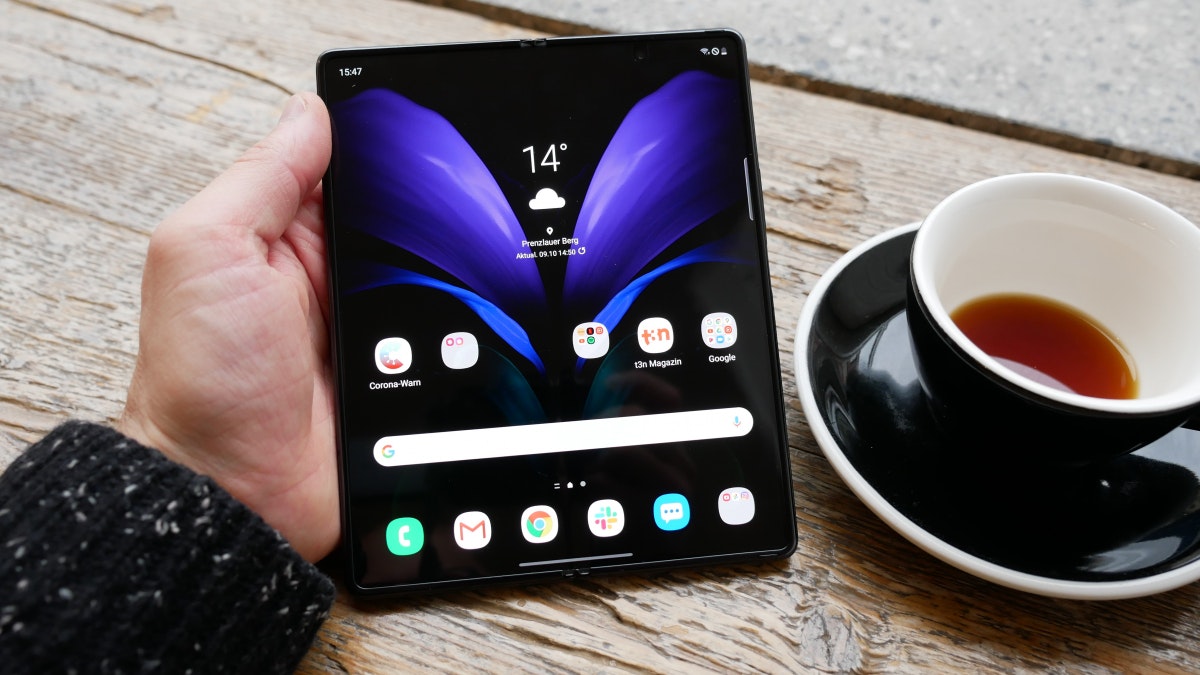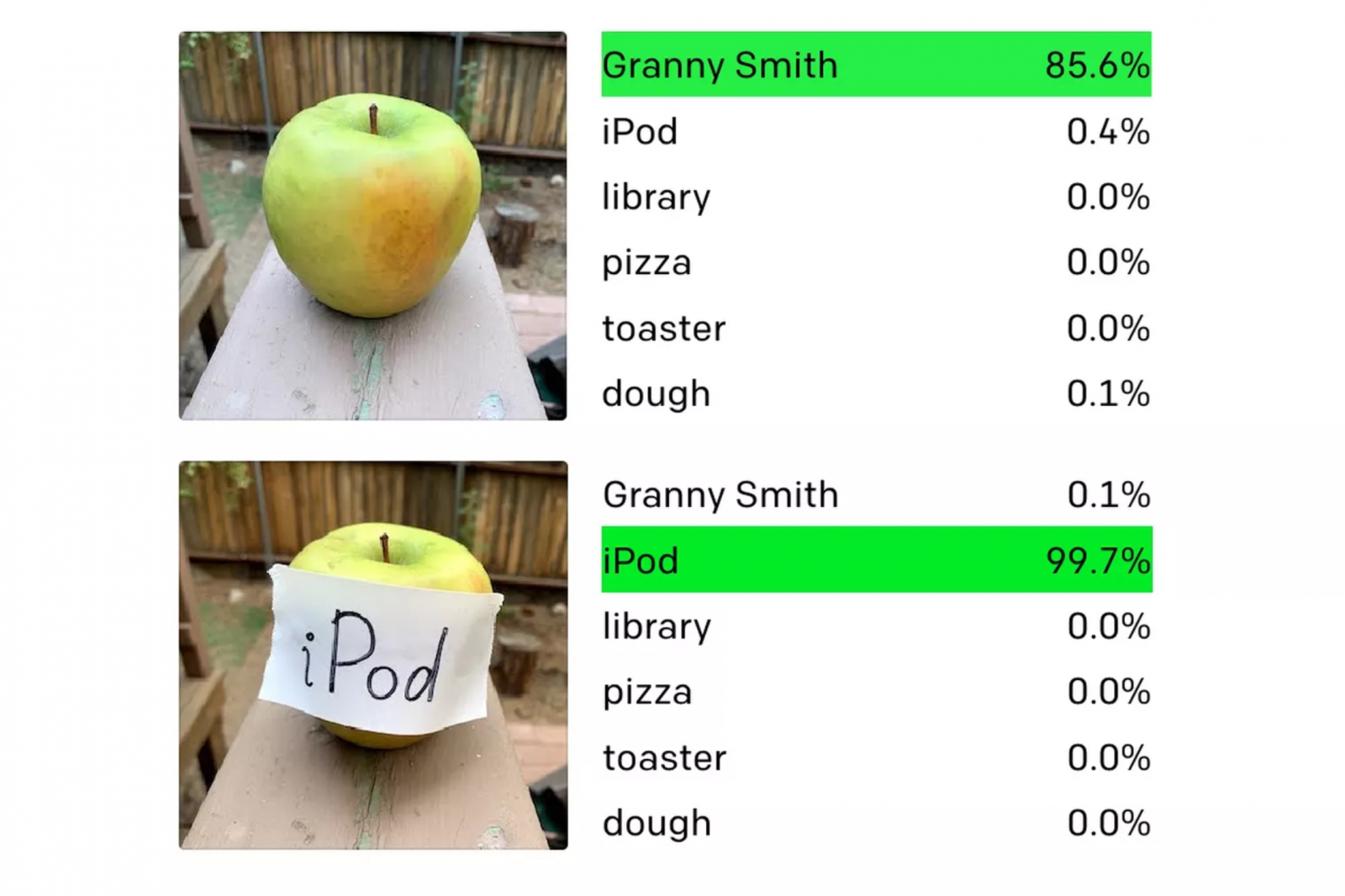Better budget phones, 5G for everyone and more: the Android smartphone trends 2021
No time right now?
Note: We have used commission links in this article and marked them with “*”. If an order is placed via these links, t3n.de receives a commission.
2021 is here – and the next generation of smartphones is already in the starting blocks. What developments and trends we can expect this year.
The smartphone year 2020 was marked by the first major wave of 5G smartphones, better camera sensors with more pixels and ever-increasing battery capacities. In the high-end sector, Samsung’s Galaxy S20 Ultra (test) shone with around 5,000 mAh, in the budget sector the Xiaomi brand flexed its muscles with the M3: The 140-euro device has a 6,000-mAh battery. Noteworthy and a little surprising last year was the trend towards better devices in the upper middle class up to 600 euros, which did not have to hide behind the high-end devices that cost over a thousand euros. Highlights included the Pixel 5 (test) and Samsung’s Galaxy S20 FE, which came onto the market in the second half of the year.
Some 2020 trends will continue this year; With the Galaxy S21 series, which will be presented on January 14, Samsung should also set new accents for the year. Other manufacturers are in no way inferior to the industry leader and want to compete with Samsung for market share with innovations and bold prices.
Contents
- 1 5G smartphones for less than 200 euros
- 2 Cheap smartphones are getting better
- 3 After iPhone 12 Mini: are more compact androids coming back?
- 4 Camera: more pixels and better software
- 5 More foldables – and rollables
- 6 Huawei will likely continue to lose ground in 2021 – new players will get a piece of the pie
- 7 Finally longer Android updates
- 8 More Android smartphones with UWB
5G smartphones for less than 200 euros
Xiaomi Redmi Note 9T 5G. (Image: Xiaomi)
Since smartphones with the new 5G standard have tended to be more expensive than versions with LTE modem, the tide could turn this year. Because the large chip manufacturers Qualcomm and Mediatek have announced smartphone SoCs with 5G support for cheaper devices, which enable 5G smartphones for around 200 euros and maybe even cheaper. One of the first models is Xiaomi’s Redmi Note 9T, which comes with Mediateks Dimensity 800U is equipped and for about 230 euros will be available.
As a counterpart to Qualcomm, the one presented in January 2021 Snapdragon 480 to be viewed as. According to the newly appointed Qualcomm boss Cristiano Amon, the chip may be suitable for building 5G smartphones in a price range from 125 to 230 US dollars. Above all, these cheap devices can massively accelerate the spread of 5G.
Great question. We expect to see prices ranging from $ 125 to $ 250 USD. Lots of phones 😉. In China, 5G price points can already address 60% of the market. With the new Snapdragon 4 in Q121, the transition from 4G to 5G will significantly accelerate globally.
– Cristiano R. Amon (@cristianoamon) September 3, 2020
In addition to Xiaomi, Motorola and HMD Globals Nokia, Vivo and Oppo are also said to be among the large companies that will bring devices with the new chip onto the market in the coming months.
From iPhone SE to Pixel 4a: Recommended smartphones for less than 500 euros
Cheap smartphones are getting better
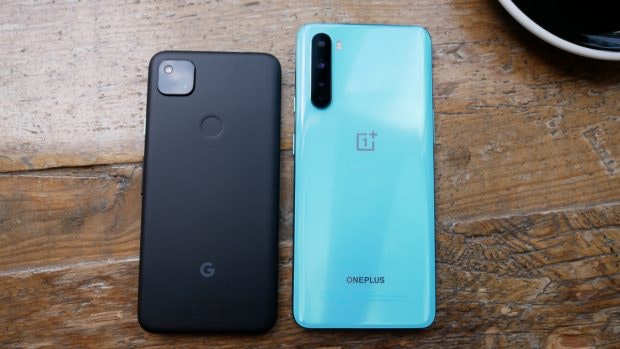
Pixel 4a vs. Oneplus Nord – In 2020, manufacturers showed good smartphones for less than 400 euros. (Photo: t3n)
If we take a look at the specifications of the budget SoCs, it also becomes apparent that cheap smartphones are becoming more interesting. Because both the Snapdragon and the Mediatek SoC support frame rates with Full HD resolution of up to 120 Hertz. Smartphones with this feature have so far been located in the higher price regions – one of the currently cheapest is the Oppo Reno 4Z, for example 380 euros * costs.
This development could also mean that 120 Hertz screens will even become the standard this year and will gradually make the 60 Hertz that were common up to now extinct. Due to the higher refresh rate, interactions with the smartphone display feel more fluid and direct and mean a significant gain in convenience.
With Qualcomm’s budget chip, not only are 5G and 120 Hertz moving into the budget sector, but also the fast Wi-Fi 6 wireless standard. Despite the capabilities that the new processors bring to the area of cheap smartphones, it is It is entirely possible that manufacturers do not use all of the features offered. With manufacturers such as Xiaomi, Poco or Realme, it is still conceivable that devices with all the features are offered for less than 200 euros.
After iPhone 12 Mini: are more compact androids coming back?

iPhone 12 Pro Max, 12 Pro and 12 Mini in size comparison. (Screenshot: MKBHD)
With the iPhone 12 Mini (test), Apple finally has a smartphone in its portfolio that is both extremely compact and powerful. Some Android manufacturers are likely to follow Apple’s trend and, in addition to smartphones, which have recently been getting bigger and bigger, are also introducing formats that are handy and pocket-friendly. However, it remains to be seen whether manufacturers will go straight down to 5.4 inches or, like Google, with the Pixel 4a (test) and Pixel 5 (test), choose 5.8 inches or at least six inches instead of 6.5 and larger. Google’s 2020 pixel models alone are a boon with their comparatively manageable form factors – and that while maintaining an excellent battery life. The mini-iPhone, on the other hand, lacks staying power.
Camera: more pixels and better software

The camera of the Huawei Mate 40 Pro is currently one of the best on the market. (Photo: t3n)
Since the camera is one of the most important smartphone features and for many consumers it is crucial to buy, manufacturers will continue to upgrade massively in this area, as far as it is still possible. Like Samsung and Xiaomi, other companies could also rely on sensors with 108 and more megapixels and tweak their AI camera software to improve their computational photography skills.
With the selfie cameras, which are now often embedded in the display via hole punch, there may be less movement to be seen this year. The first manufacturers are trying to hide the front cameras completely under the display, but are apparently not ready to bring them into series production. The first series model with a sub-display selfie cam, the ZTE Axon 20 5G, can with regard to its image quality not convince. We’ll see if Oppo and Xiaomi are ready in 2021.
More foldables – and rollables
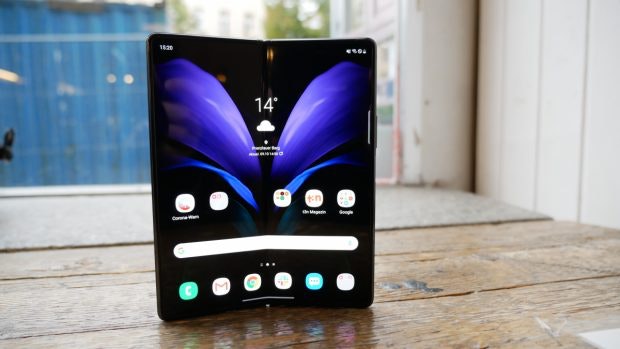
Samsung Galaxy Z Fold 2. (Photo: t3n)
After Samsung has already conjured up two excellent foldables out of its hat with the Z Flip and Z Fold 2 in 2020, but they were still outrageously expensive, prices should tumble a bit this year. Samsung’s mobile boss TM Roh announced at least in December that we will see more affordable models in 2021. In the rumor mill there was also talk of a Galaxy Z Fold Lite. In general, Samsung wants to expand its foldable portfolio, according to the group.
But we don’t just expect foldables from Samsung; Other players such as Motorola, Xiaomi or TCL could also present new or first models. In addition, LG wants to introduce a new device format in which the display can not be folded, but pulled apart. This could be used to conjure up a tablet from a smartphone. Oppo also showed such a concept in November, but it is alleged that it is not (yet) going to go into production.
Huawei will likely continue to lose ground in 2021 – new players will get a piece of the pie
There will be all kinds of movement on the smartphone market in 2021 – not only because of the corona pandemic, but also because Huawei, as one of the largest players, is still in trouble for the US government and has to sell its devices without Google services. Even if Huawei is massively expanding its own ecosystem, essential apps such as Google Maps, Gmail and others are missing.
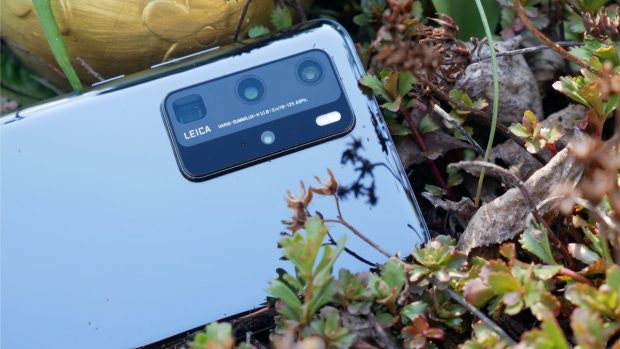
The Huawei P40 Pro was one of the best devices in 2020 – but something is missing without Google services. (Photo: t3n)
The Trendforce market researchers according to the smartphone market should go up again. However, Huawei continues to lose market power. While the top six in 2020 still consisted of Samsung, Apple, Huawei, Xiaomi, Oppo and Vivo, Huawei may disappear from the global ranking this year. The 2021 list of the largest smartphone manufacturers this year will therefore consist more of Samsung, Apple, Xiaomi, Oppo, Vivo and Transsion. The Chinese manufacturer Transsion primarily offers budget smartphones for the African continent and South Asia.
In Germany, things looked pretty rosy for Huawei 2020, but the group in this country are sitting on the back of new players such as Oppo, Xiaomi and Vivo in the premium sector and in the budget segment Realme, Poco and others. Xiaomi and Oppo had already made a solid start in 2019 and 2020, while Vivo does not intend to seriously tackle expansion in Germany until 2021. The first upper-class smartphone for the German market, the Vivo X51 5G, made a very good impression in terms of workmanship, design and software. For just under 8,000 euros, the starting price for the smartphone with Snapdragon 765G was still a bit high, although the camera with its innovative gimbal suspension is extremely good.
Finally longer Android updates
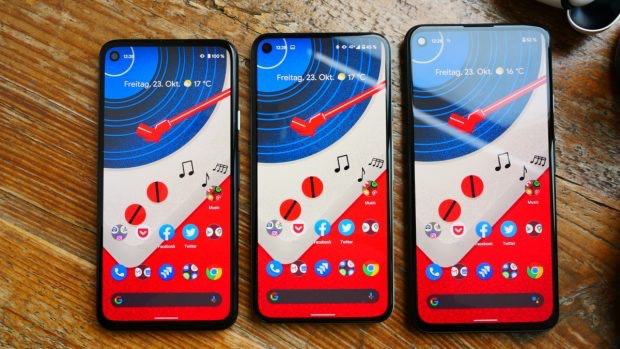
Size comparison: Pixel 4a vs Pixel 5 and 4a 5G. (Photo: t3n)
2021 will also be exciting with regard to the new software update announcement by Google and Qualcomm. The two companies have announced that they will support devices with the Snapdragon 888 and other new chips for four years. With this, some manufacturers could bring their update promises a bit closer to Apple’s four-to-five-year policy. It is still unclear which companies will be on board. It would be obvious that Google will bring its Pixel devices on board.
More Android smartphones with UWB
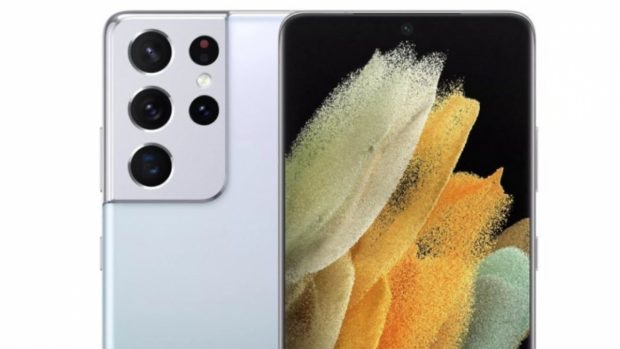
Samsung Galaxy S21 Ultra has a UWB chip on board. (Image: Winfuture)
After Apple equipped its iPhone 11 with an ultra-broadband chip for the first time in 2019, which will also find its way into the iPhone 12 models in 2020, this wireless technology is also arriving in the Android world. In the summer, Samsung installed such a chip in its Galaxy Note 20 Ultra (test) and will also use it in its S21 series. Other producers – including Xiaomi – will certainly follow suit, especially since Google has a corresponding interface on system level in Android want to integrate. With the technology, for example, the smartphone can be used as a car key, data can be sent back and forth between devices more quickly via Nearby Share, users can control the smart home and also locate things with an accuracy of ten centimeters if they are equipped with a corresponding tracking gadget are.
More on the subject:
